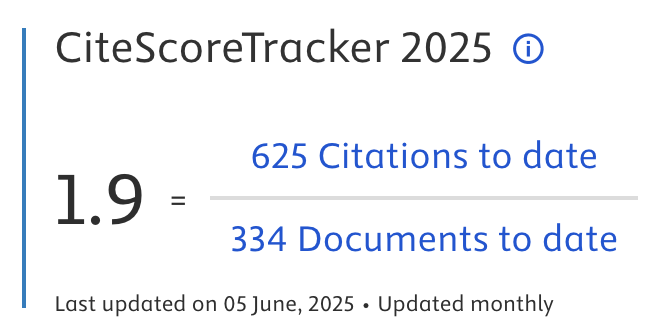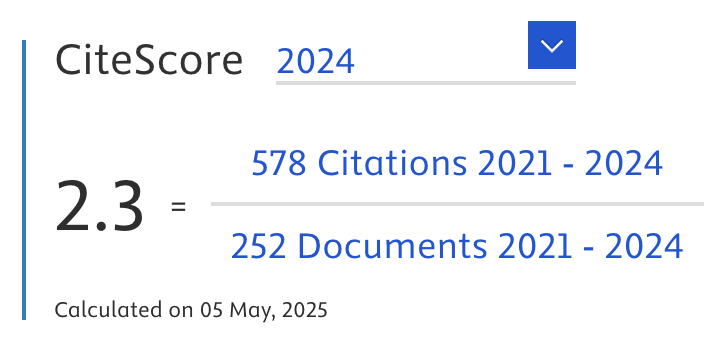Image-Based Fish Freshness Classification Using Two-Phase Transfer Learning with Deep Learning Fusion Model
Abstract
This study introduces a novel deep learning approach for automated fish freshness classification using image analysis. The objective is to design and validate a Deep Learning Fusion Model that combines the strengths of EfficientNetB0 and InceptionV3 architectures to improve accuracy and robustness in classifying fresh and non-fresh fish. Input images were subjected to extensive augmentation, including RandomFlip, RandomRotation, RandomZoom, RandomContrast, RandomBrightness, and RandomTranslation, applied exclusively to the training dataset to enhance generalization, followed by backbone-specific pre-processing. Extracted features were fused via global average pooling and forwarded to a newly designed classification head with dropout and L2 regularization to mitigate overfitting. A two-phase transfer learning strategy was employed: initially training the classification head with frozen backbones, followed by fine-tuning the backbone layers using the Adam optimizer with a reduced learning rate. To highlight the contribution of the fusion strategy, ablation studies were conducted with single-backbone models. The EfficientNetB0 model achieved 89.17% validation accuracy, 85.83% test accuracy, and an F1-score of 85.69%, while the InceptionV3 model achieved 86.67% validation accuracy, 81.67% test accuracy, and an F1-score of 81.59%. In contrast, the proposed Fusion Model achieved 93.33% validation accuracy, 95.00% test accuracy, and an F1-score of 94.95%. Additional evaluations with confusion matrices, ROC curves, AUC, and precision-recall curves confirmed the model’s superiority. The findings demonstrate that integrating features from diverse CNN architectures enables the model to learn richer representations, resulting in significantly improved classification performance. The novelty of this work lies in the effective fusion of complementary backbones through global average pooling and fine-tuned transfer learning, establishing a human-centric computational approach that offers a reliable solution for practical fish freshness assessment in food safety and market scenarios.
Article Metrics
Abstract: 13 Viewers PDF: 4 ViewersKeywords
Full Text:
PDFRefbacks
- There are currently no refbacks.

Journal of Applied Data Sciences
| ISSN | : | 2723-6471 (Online) |
| Collaborated with | : | Computer Science and Systems Information Technology, King Abdulaziz University, Kingdom of Saudi Arabia. |
| Publisher | : | Bright Publisher |
| Website | : | http://bright-journal.org/JADS |
| : | taqwa@amikompurwokerto.ac.id (principal contact) | |
| support@bright-journal.org (technical issues) |
 This work is licensed under a Creative Commons Attribution-ShareAlike 4.0
This work is licensed under a Creative Commons Attribution-ShareAlike 4.0





.png)